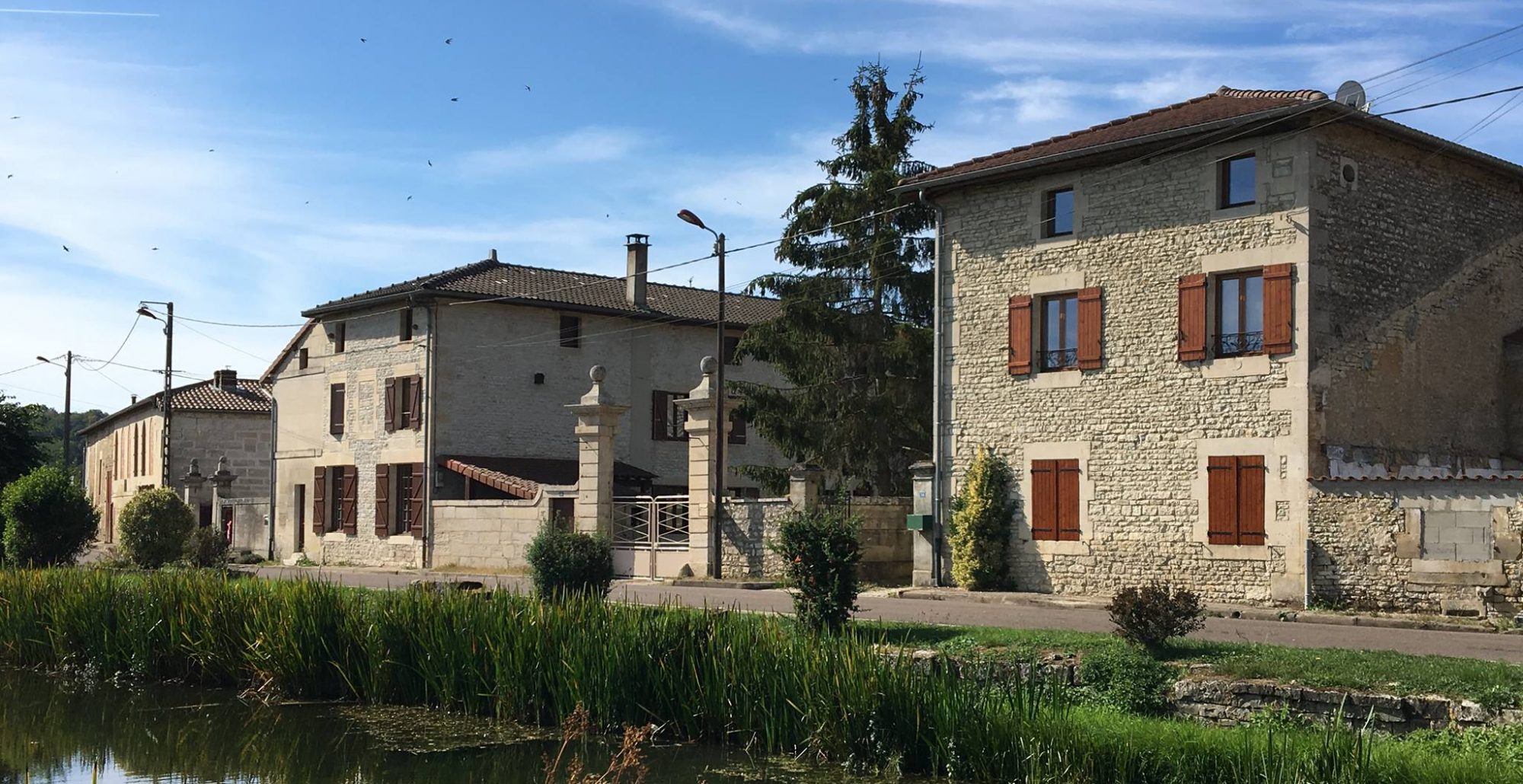 Welcome to the association
Welcome to the association
Born in 1776, François Humbert was not predisposed to opening the first French orthopedic establishment. It is the revolutionary context that obliges him, at 17 years, to commit himself like military surgeon. Then, passionate of anatomy, he pursues his studies of medicine in Paris.
Without being able to finish his studies, he moved to Morley, in Meuse, where the departmental jury of medicine admitted him as a health officer in 1804.
Field doctor, he became a district doctor practicing vaccinations or a surgeon at the Hospice de Joinville (Haute-Marne).
He founded his establishment in 1817, where he treated with mechanical means of his invention patients with scoliosis. In 1827, he revolutionized orthopedic medicine, taking in charge the congenital dislocations of the hip, the pathologies known incurable at the time. His discoveries aroused admiration and controversy. As a good communicator, he wrote his works that accompanied him with models of his orthopedic machines. Rewarded by the Royal Academy of Sciences, it gradually had fallen into oblivion, today leaves us books, archives, orthopedic models and a collection of works of art.
The early nineteenth century can be considered as a turning point in orthopaedics. Scientific and technical progress allowed those who were called ‘lame’ and ‘hunchbacks’ to be given new treatments. These new cures were very much based on mechanical appliances, ‘machines’ which consisted of beds and chairs incorporating traction systems. In 1817, in Morley (Meuse department), François Humbert (1776-1850), a country doctor and collector, created the first French orthopaedic institution, which accommodated about three hundred patients. In an establishment far from academic centres, he was the first doctor to examine the possibility of treating congenital hip dislocation, deemed incurable at that time. Supported by a book which explains the operation of his inventions, about forty well-made models constitute an element of communication about this innovative work, well worth better institutional recognition and accessibility to the public. The collection had a turbulent history before arriving in the Barrois museum in the city of Bar-le-Duc. Today, a project of preventive conservation and restoration is being developed through a partnership between the museum and an association. Beyond a project of an exhibition to celebrate the bicentennial of the creation of the Morley institution in 2017, reflection has been initiated concerning the inclusion of this highly specific collection in the museum presentation of the permanent exhibition rooms, in the broader context of the technical and scientific heritage of the Meuse department.
